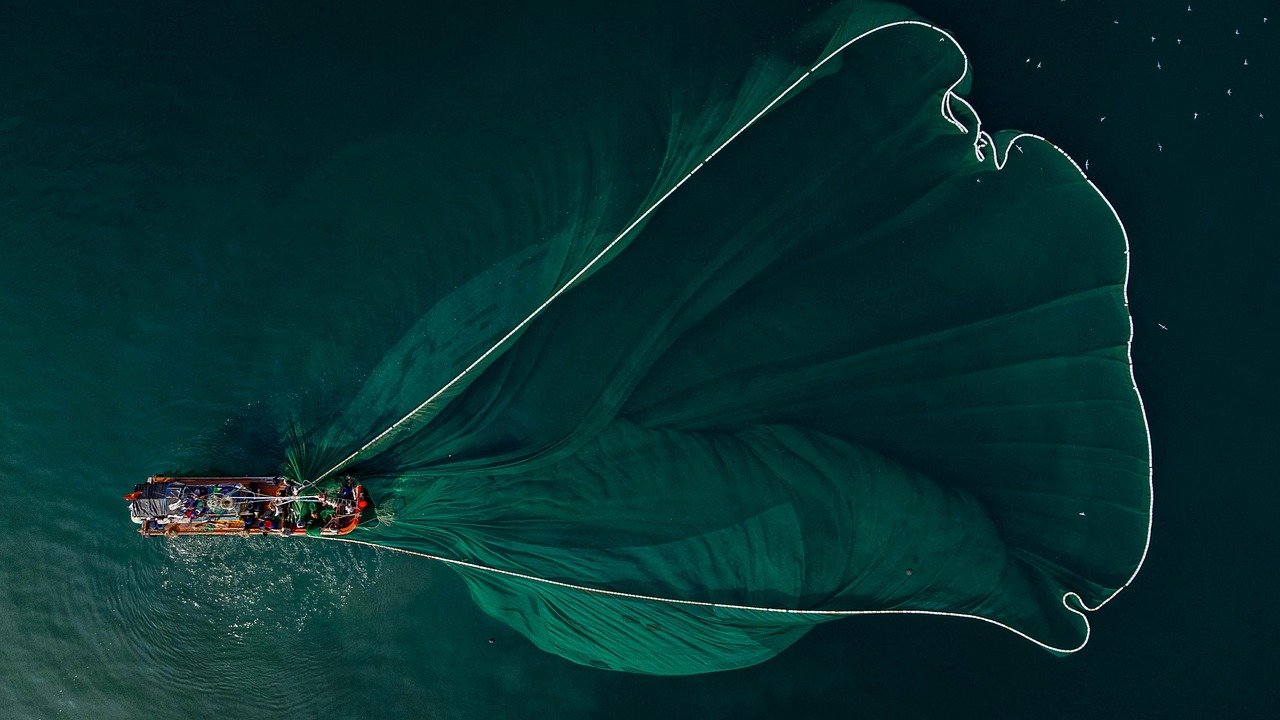5 Essential Tips for Enhancing Your Boating Safety
Grab Your Life Jacket, It’s Boating Safety Time!
How do you tell if someone’s new to boating? They’re shouting, “Ahoi, Cap!” while trying to tie a figure-eight knot with their shoelace. If you’re nodding right now, fear not, you’re in safe hands, or should I say, safe hulls. This comprehensive guide will navigate the tumultuous seas of proper boating safety and turn you from a near-capsized rookie into a fully fledged, knot-tying (correctly, may I add) seasoned sailor.
Know Your Knots
Before embarking on your marine adventure, remember a good sailor is measured not by the size of his boat, but by the quality of his knots. Knots are the Rigging Sinatra—they’ve been around forever, they’re vital for a smooth operation, and they’re ten times more complicated than they initially seem. From the bowline, the mariner’s go-to for securing a line to a post, to the sheepshank knot, loved by sailors for shortening lengths of rope without cutting it

Wear Your Lifejacket Like a Boss
If knitting a friendship bracelet out of various nautical knots isn’t your style, how about donning the latest in floatation couture: the life jacket. Ironically named because it’s the last thing you’d want to wear to a party, the life jacket can be a lifesaver. Yes, they’re more uncomfortable than a porcupine in a balloon factory, but comfort won’t matter if you’re bobbing around in the water like a wayward cork.
Safety Equipment? Check!
Start every boating journey with a safety equipment check. You want to make sure your boat isn’t a floating hazard waiting for chaos to break loose. Test the horn (a favourite for kids and adults acting like kids), examine the fire extinguisher (not by starting a fire, please), and don’t forget the flare kit. Remember, those flares aren’t for dramatic effect to end your recreating the final scene of Titanic with your reluctant dog – they’re for emergencies (unlike the lifejacket, these might actually be fun at parties).
Getting Your Bearings Right
Heading out to the open water without a solid knowledge of bearings is like doing a ballet recital after just one Zumba class. Both will end in disaster, and neither will be graceful. Know your port (left) from your starboard (right), your bow (front) from your stern (back), and never, ever, ever call it “the pointy end”.
Weather Or Not, Here We Come!
Remember that saying, “Red sky at night, sailor’s delight; red sky at morning, sailors take warning”? Yeah, those old rhymes are as accurate as predicting your future with a Magic 8 ball. Instead, stay up-to-date with real weather update. Sunscreen and supply of hilarious hats will not necessarily help if you’re caught in an unexpected storm on the water.

FAQs – Because Questions Are Inevitable
Q1: Do I need a boat license?
Yes, unless you enjoy the adrenaline rush of being pursued by maritime police.
Q2: What if I’ve had a few drinks?
Then you best be sleeping off that ‘few’ drinks on land, friend. The water is no place for a tipsy captain.
Q3: What if I encounter a pirate?
Your chances of running into Jack Sparrow are pretty slim, but if you do, just remember this isn’t a ‘Pirates of the Caribbean’ movie.
Q4: Can I fake a knot knowledge?
No, your boat might end up with a style that says ‘freeform modern art’ instead of ‘sturdy, reliable knot’.
Q5: Do I need to take a course?
Can you parallel park a house? No? Then you might want to consider a boating course.
Conclusion – Let's Sail Through This
Boating safety might be lacking the glitz and glamour of its sibling Wakeboarding or cousin Fast Furious Wave Riding, but mastering its diligent subtlety is as rewarding as stepping off the boat dry and in a single piece.
Boating safety isn’t the enemy. It’s the unfashionable superhero of aquatic adventures, and akin to wearing socks with sandals, it may not make you look cool, but it’ll keep you safe, secure, and seaworthy. To steal a different maritime cliché – just do whatever floats your boat, as long as it’s safe!




